As the first impression of any abode, the exterior of a home plays a pivotal role not only in the overall aesthetic appeal, but also in its market value, maintenance, and sustainability. This multifaceted perspective towards home exteriors becomes all the more important amidst a wide selection of materials and colors, each presenting its unique blend of appearance, durability, and cost. From the classic textures of brick and wood to the modern resilience of vinyl siding, and from eco-friendly breakthroughs to informed color choices guided by psychological insights, this comprehensive exploration delves into the world of home exteriors as an exciting blend of art, science, and economy.
Types of Home Exteriors
Vinyl Siding
Vinyl siding is a popular choice for home exteriors due to its low cost, durability, and low maintenance requirements. It is made from a type of plastic known as PVC and is resistant to pests and moisture, though it can be damaged by impact and may fade under intense sunlight. Variety of styles and colors are available, from traditional clapboard-style siding to wood-grain textured panels, and it can mimic the appearance of other materials like wood. However, it’s criticized for its artificial look and potential environmental harm due to the use of PVC.
Brick
Brick is a sturdy, traditional choice for a home exterior. It is highly fire-resistant, pest-resistant, and requires minimal maintenance. It provides great insulation properties, keeping homes warmer in the winter and cooler in the summer. Brick exteriors can be expensive due to both the cost of the materials and labor-intensive installation process. Additionally, if the brick isn’t properly maintained, it can erode over time.
Wood Siding
Wood siding offers a warm, natural aesthetic that is traditional and versatile. There are various types of wood to choose from, including cedar, pine, and spruce, each offering a different look and durability. While wood can be beautiful, it requires a significant amount of maintenance including regular painting or staining to protect it from moisture, pests, and UV damage.
Cement Siding
Also known as fiber cement siding, this type of exterior material is durable, fire-resistant and can mimic the look of wood or stucco. It requires little maintenance and is resistant to pests. However, installation can be expensive and complex due to its weight and the need for special tools and safety precautions, as cutting fiber cement can generate silica dust which can be harmful when inhaled.
Stucco
Stucco is a type of plaster made from sand, cement, lime, and water. It’s durable, fire-resistant and provides a textured, unique look. Stucco is versatile and can be painted any color. It’s relatively low-maintenance, but over time, small cracks can develop which require repair to prevent water intrusion. It’s most suited to dry climates and may not perform as well in areas with heavy rainfall or freezing temperatures.
Stone Exterior
Forging an elegant and ageless aesthetic, stone exteriors are a popular choice for homeowners seeking both style and substance. Beyond their aesthetic appeal, these exteriors are celebrated for their extraordinary durability, fire-resistance, and immunity to inclement weather conditions. They also offer superior insulation, contributing to energy efficiency in the home. It’s worth noting, however, that stone exteriors rank among the pricier options both in terms of material and installation costs. Additionally, due to their substantial weight, stone exteriors often necessitate supplementary support within the house’s structure. Similar to its brick counterpart, stone exteriors demand regular maintenance to ward off water penetration, which, if left unchecked, could lead to detrimental freezing and thawing cycles causing cracks over time.
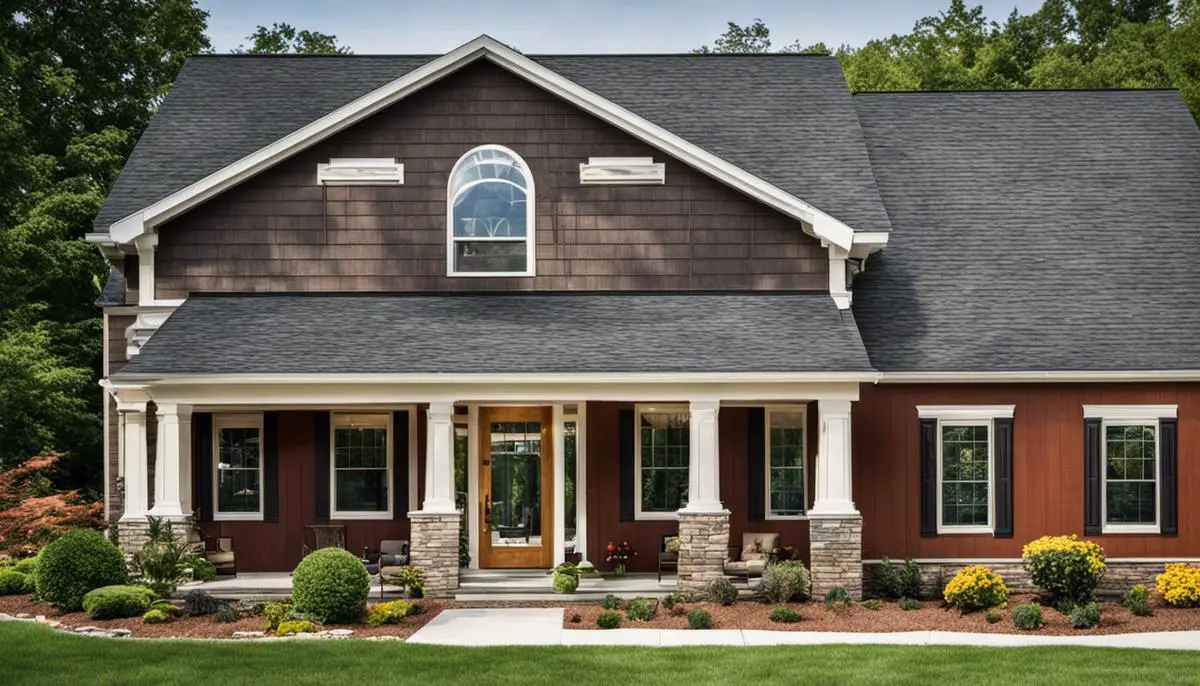
Choosing the Right Color Palette
The Impact of Exterior Color Selection
Picking an exterior color for your home goes beyond just personal preference. The chosen color is a cornerstone in shaping the home’s overall aesthetic and dictating the impression your house makes. Factors such as the architectural style of your property, the color schemes of neighboring houses, and the desire to stand out should all play into the decision-making process. A carefully chosen exterior color can not only boost your home’s curb appeal but also potentially increase its market value. It allows you to accentuate unique architectural elements, showcasing the individuality of your property. Conversely, an ill-suited color could overshadow these distinct features, detracting from your home’s overall appeal.
Psychology Behind Colors
Color psychology plays a key role in exterior home design. The color you choose can evoke different emotions and feelings. For example, cool blues and green hues can suggest tranquility and harmony, while warm yellows and reds might evoke feelings of energy, passion, and vivaciousness. Neutral colors like whites, grays, and browns can create a sense of tradition, stability, and balance. Understanding these associations can help you select a palette that matches the personality and ambiance you want to convey with your home.
Influence of Colors on Home Appearance
Aside from emotional impact, colors also influence the perceived shape and size of a home. For instance, lighter colors can make a house appear larger and closer, while darker colors can make it seem smaller and further away. This is a crucial consideration if your home is smaller or if you want to highlight certain architectural features. Moreover, your color choices may affect the energy efficiency of your house. Light colors reflect heat while dark colors absorb it.
Complementing Your Home’s Design and Surroundings
To choose the right color palette for your home, consider its architectural design and surroundings. Use colors that complement and enhance your home’s architectural style, whether it’s a classic colonial, Victorian, or contemporary design. Recognize the relationship between your house color and its surroundings. A home painted in natural colors may stand out appropriately in a wooded, lush area while a home in beach or desert locales might look attractive in bright or pastel hues.
Practical Guidelines for Selecting Appropriate Exterior Colors
When it comes to selecting the color of your home’s exterior, there are some practical points to keep in mind. Firstly, make sure you check color samples outside at varying times of the day. This allows you to comprehend how the natural light at different times will influence the color. Also, take a look at the predominant colors in your surrounding neighborhood, to ensure that your home fits in harmoniously and avoids any color clashes. Don’t forget the importance of the smaller details such as doors, shutters, and trims. Painting these with a complementary or contrasting color can add a layer of depth and visual interest. If you’re feeling unsure, make use of online color visualizer tools or seek the advice of a color consultant. This professional perspective can help you visualize the end result with your chosen colors.
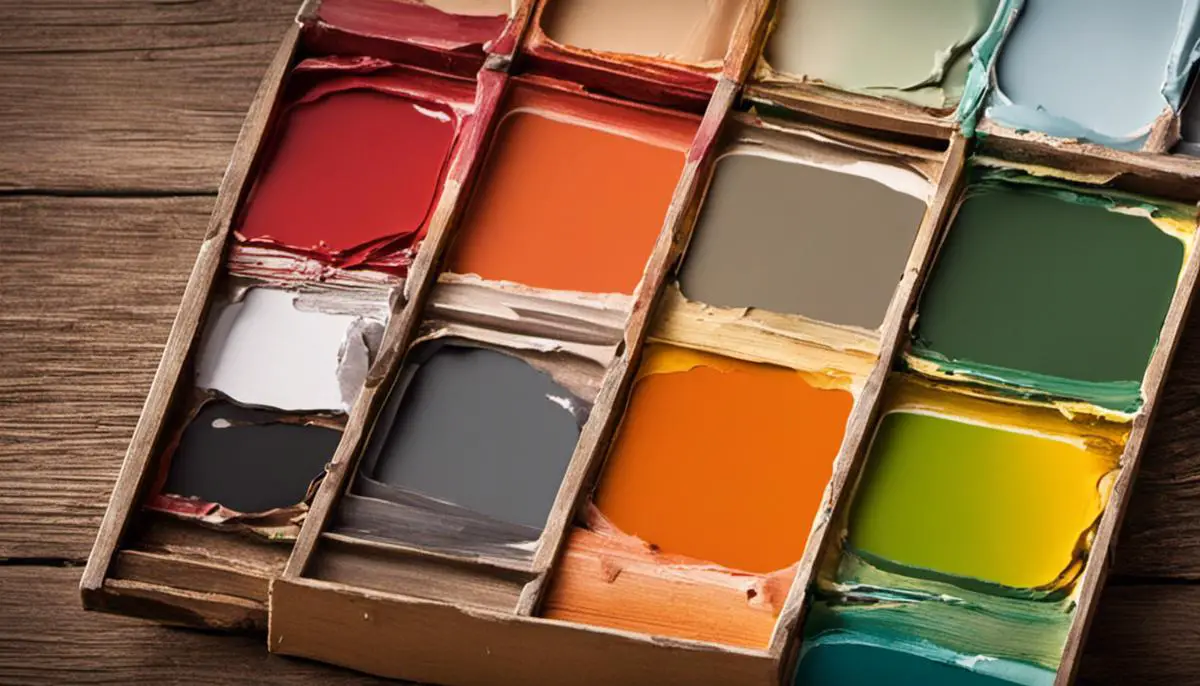
Maintenance and Durability
How to Maintain Different Home Exterior Materials
Every type of home exterior material comes with its unique set of maintenance guidelines to ensure it continues to look as good as new. For example, wood siding needs consistent painting or staining to prevent the onset of rot and keep away pests. Brick and stone exteriors call for occasional inspections to keep an eye out for any deteriorating mortar, which would need to be promptly addressed. If your house is covered in stucco, this should be regularly checked for any chips or cracks that then need to be sealed. And for those with vinyl siding, an annual cleaning is a must to remove any buildup of dirt, mildew, or other possible residues.
The Role of Weather in Exterior Wear and Tear
Weather plays a crucial role in the wear and tear of a home’s exterior. Storms can cause physical damage, intense sunlight can fade colors and break down materials over time, and excessive moisture can lead to issues like mold, mildew, and rot. For instance, in regions with extreme weather conditions, paint on wood siding might peel or crack faster, necessitating more frequent maintenance. Similarly, the freeze-thaw cycle can cause cracks in brick or stone exteriors, while a consistently humid climate might promote the growth of mildew on vinyl siding.
Steps to Extend the Life of Home Exteriors
Proper maintenance goes a long way in extending the life of home exteriors. Regular inspections are key to detecting early signs of wear and tear, such as cracks, chips, rot, or peeling paint. This allows you to address minor issues before they become major ones. Regular cleaning is also crucial, whether it’s washing vinyl siding, removing debris from your gutters, or scrubbing away mildew from your stucco. Proper care also involves sealing the exterior surfaces as required, replacing damaged parts, and repainting when necessary.
Examining the Endurance of Various Exterior Home Materials
The longevity of a home’s exterior heavily relies on the type of material chosen. Materials such as bricks and stones are renowned for their durability, potentially lasting a century or more with proper care. Wood, though requiring extra maintenance to avert rot and pest damage, can still hold up for many decades provided it’s well maintained. Vinyl siding may be less demanding in terms of upkeep but generally doesn’t have a longevity comparable to brick, stone, or wood. Stucco exteriors present a significant lifespan with minimal maintenance, however, they are prone to cracks and chips, especially in areas with frequent seismic activities.
This underlines the importance of comprehending the unique requirements of your home’s exterior material. Timely and regular maintenance can mitigate the effects of wear and tear, whether caused by the elements or other factors, effectively extending your exterior’s lifespan.
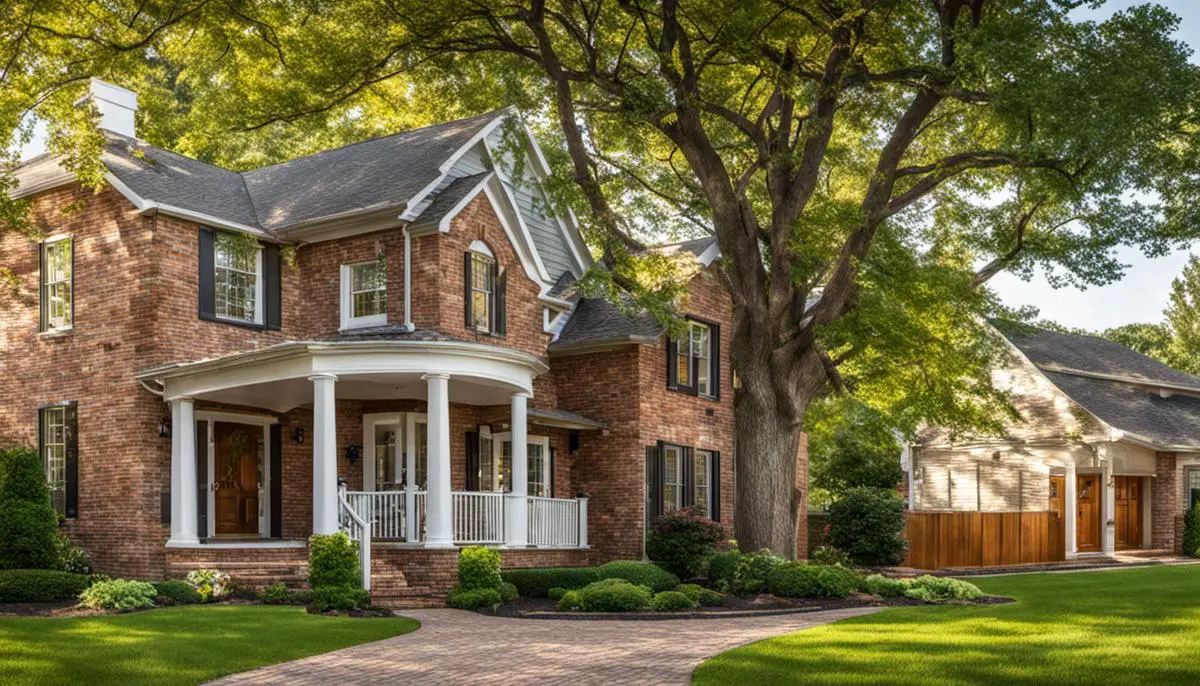
Cost and Investment Considerations
Exploring the Costs Associated With Different Home Exterior Options
Home exterior options are plentiful, with vinyl siding, wood siding, brick or stone veneer, stucco, fiber-cement, and metal siding main among them. Prices can differ widely depending on the chosen material. Vinyl siding, as an example, is the most economical, usually falling around $2 to $5 per square foot. Wood siding can range from $5 to $12 per square foot, determined by the wood type. Brick or stone veneer sits somewhere between $9 to $28 per square foot. Stucco usually costs about $6 to $9 per square foot. Fiber-cement siding typically ranges from $5 to $10 per square foot. Finally, metal siding can run from $3 to $10 per square foot. Remember, these are just the material costs. The total cost will increment upon including labor costs.
Factors Increasing or Decreasing Exterior Renovation Costs
Some factors that could alter estimation costs include the size of the home, the condition of the existing exterior, the complexity of the project as well as the type and quality of materials chosen. Geographic location can also play a role as labor and material costs vary across different regions. More complex work, such as removing and replacing damaged wood, could add to the labor costs. Hiring experienced professionals may also come with a higher price tag, but in return can provide better quality work.
Budgeting For Home Exterior Renovation
Budgeting for a home exterior renovation involves considering both material and labor costs. Obtain several estimates to get a sense of what’s reasonable. Don’t forget to factor in any potential extra costs such as painting or staining once the material is installed. Also, it’s wise to have a contingency budget around 10-20% of the overall budget for any unforeseen issues that may arise during the renovation.
Investment Value of Upgrading Your Home Exterior
Choosing to remodel the exterior of your home can substantially elevate its overall value. Based upon the 2020 Cost vs Value Report from Remodeling Magazine, particular materials like fiber cement and vinyl siding replacements can facilitate a promising return on investment (ROI) of 78.6% and 75.6% respectively. If you opt for manufactured stone veneer, you could be looking at an even higher return of approximately 95.6%. Such upgrades not only draw attention to your property, but potentially increase the likelihood of it being considered by potential buyers. Nonetheless, bear in mind that these are general trends, and actual returns can differ according to the quality of the renovation work and the fluctuations within your local real estate market.

Green and Sustainable Exteriors
Opting for Green and Sustainable Home Exteriors
Lately, the housing industry gravitates more towards green and sustainable options for building exteriors. And who can blame them? This green transition is not only beneficial to preserving our environment but also reflects positively in numerous ways such as enhancing the overall health attributes of the home, its durability, and energy efficiency.
Making a move towards sustainable home exteriors implies employing resource-efficient materials and techniques that contribute to responsible environmental stewardship throughout the entire lifecycle of your dwelling. This could imply using sources like responsibly harvested wood, recycled metals, or even locally sourced stones. Moreover, choosing better quality and low maintenance materials can further minimize a home’s environmental footprint.
Often, the first benefit of green construction materials that springs to mind is their lesser environmental impact. Since these materials typically originate from recycled or renewable sources, and their manufacturing processes generate minimal waste and pollution. Moreover, these materials often come with the added benefit of durability, mitigating the necessity for frequent replacements which can lead to added waste.
Another noteworthy benefit of eco-friendly exteriors is their impressive capacity for boosting energy efficiency. For instance, modern green roofing materials can repel more sunlight than their traditional counterparts, thereby reducing heat absorption and subsequent cooling requirements. Similarly, sustainably sourced or even reclaimed wood sidings excel at providing excellent insulation, which aids in decreasing the costs of heating and cooling your home.
Role of the Green Building Movement
The green building movement plays a crucial role in the rise of green and sustainable home exteriors. It promotes the adoption of resource-efficient practices in all stages of a home’s lifecycle, including design, construction, operation, and demolition.
As this movement continues to grow, more innovative and sustainable materials and techniques are being developed and adopted. For instance, solar panels installed on roofs are becoming more prevalent, and new technologies like cool roof coatings are becoming more accessible. These advances in green home exteriors not only lower a home’s environmental footprint but also contribute to significant cost savings over time.
The green building movement also plays a significant role in today’s housing market, as more buyers are seeking sustainable options for their homes. Many people also view these homes as being of higher quality due to the durable materials used and the meticulous building practices often applied. This demand further propels the construction and housing industry to incorporate more eco-friendly practices and materials in their projects.
Moreover, local, state, and federal governments are introducing various incentives to promote green home exteriors, such as tax credits, rebates, and grants. These initiatives reward homeowners who choose to use sustainable materials or incorporate energy-efficient upgrades in their homes.
Overall, the rise of green and sustainable home exteriors signifies a shift towards conscientious housing practices that consider both environmental impact and human health. By coupling this with the green building movement’s initiative and the housing market’s sustained demand, we can look forward to more developments and innovations that optimize home exteriors for sustainability and longevity.
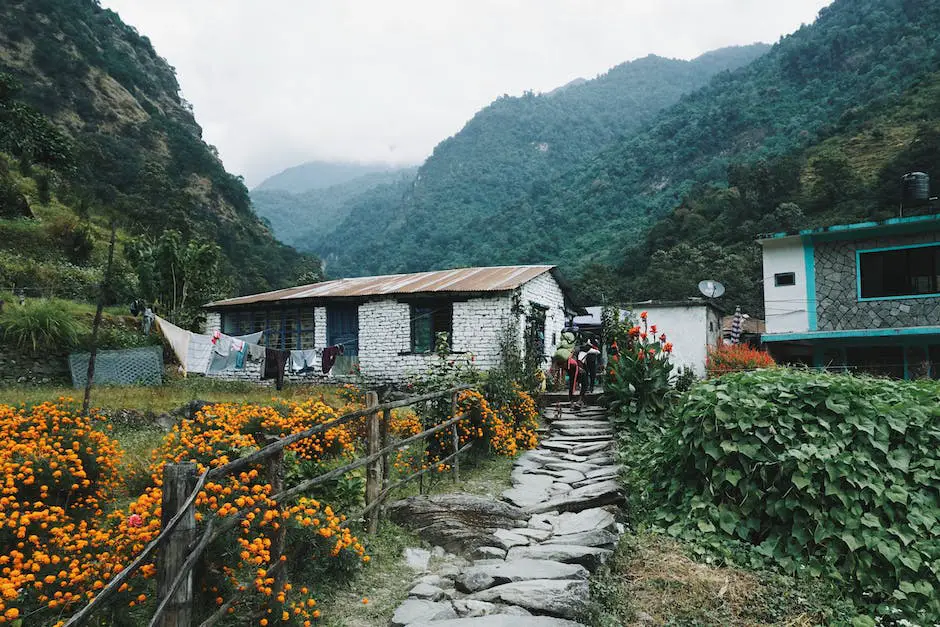
Considering the myriad exterior options available today, identifying the right fit for a home is not just about yielding to a visual appeal. It calls for contemplating the long-term impact of this decision, both on the homeowner’s pocket and the environment. Despite the initial costs, the right choice can potentially enhance the home’s value, decrease maintenance stresses, and contribute to cultivating a greener footprint for the world. Thus, while exploring your ideal ‘home skin’, remember, beyond creating the space that mirrors your taste and style, your decision paves the way for the performance, longevity, and environmental impact of your sweet home.

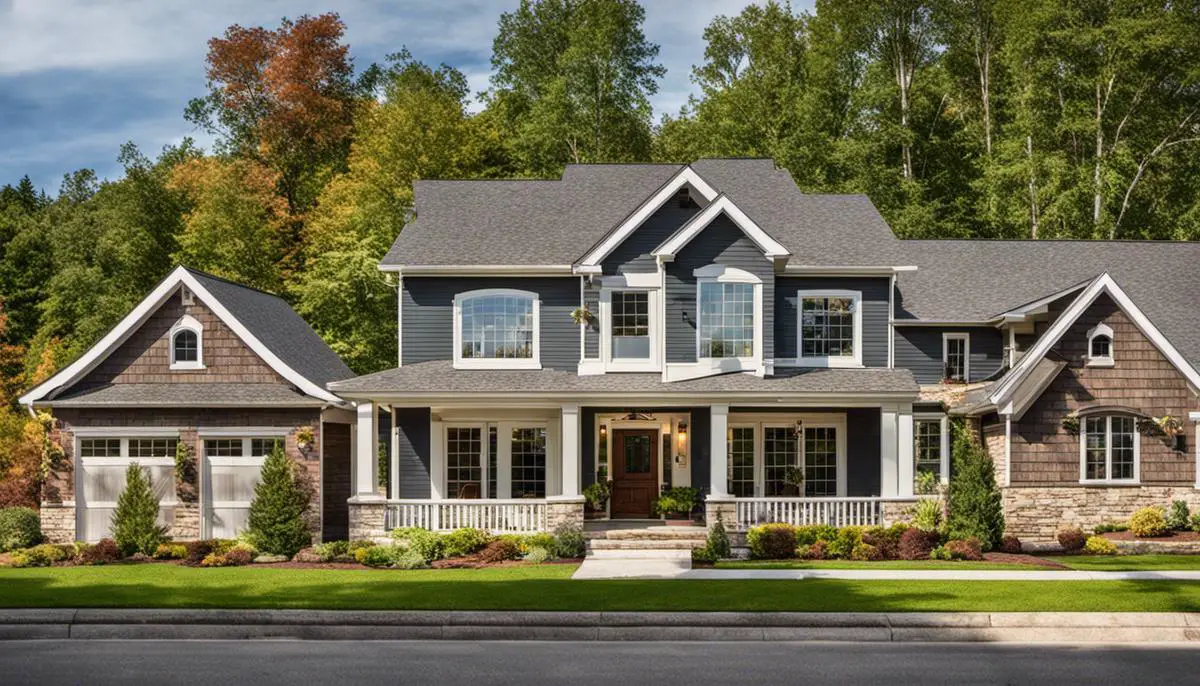
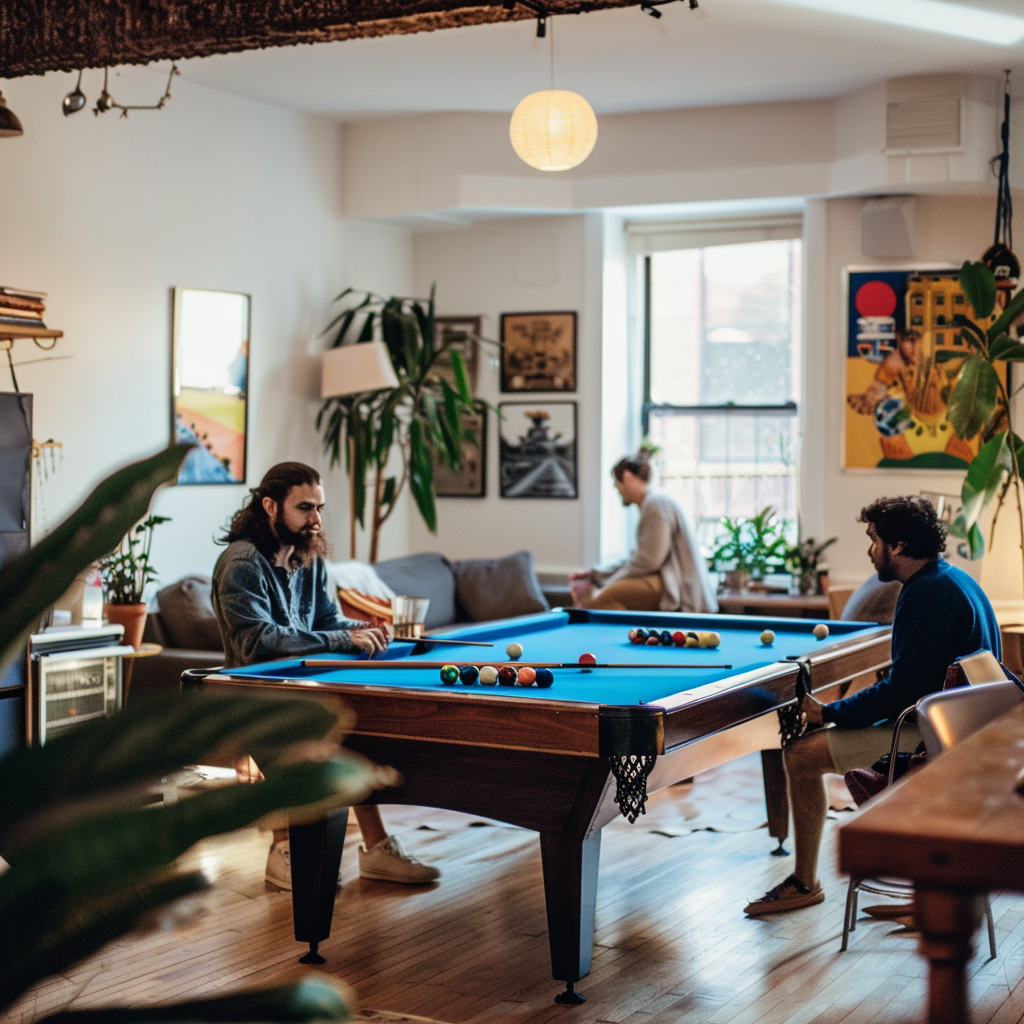
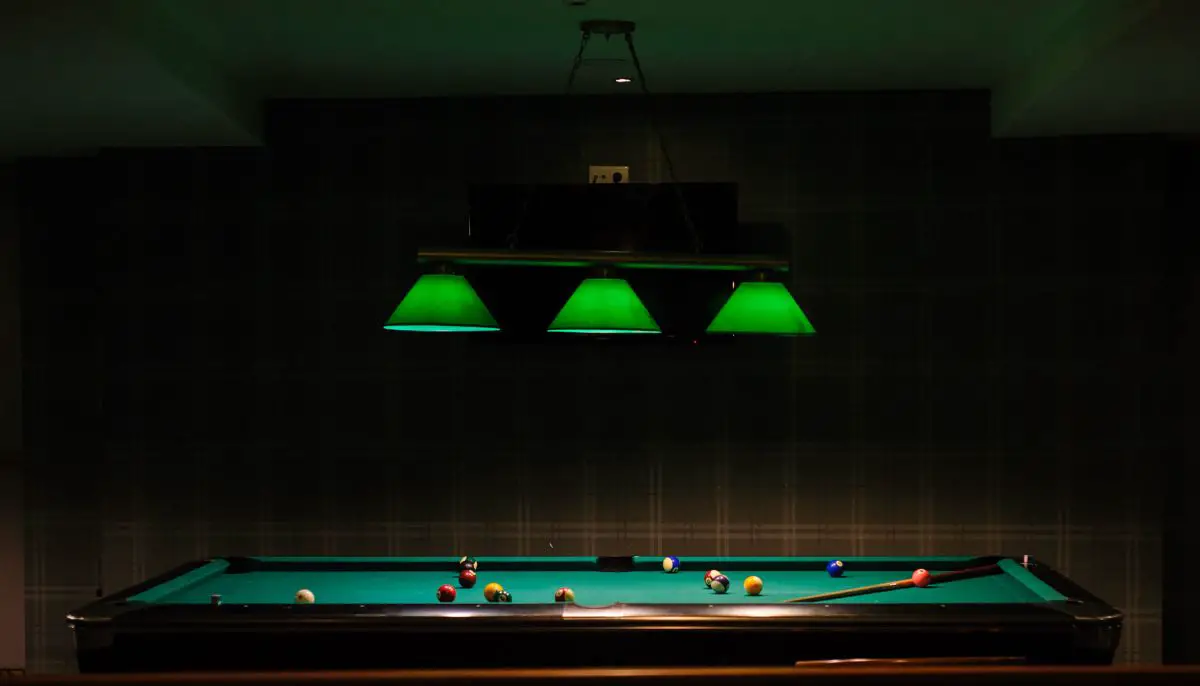
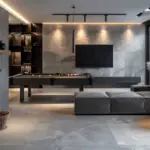
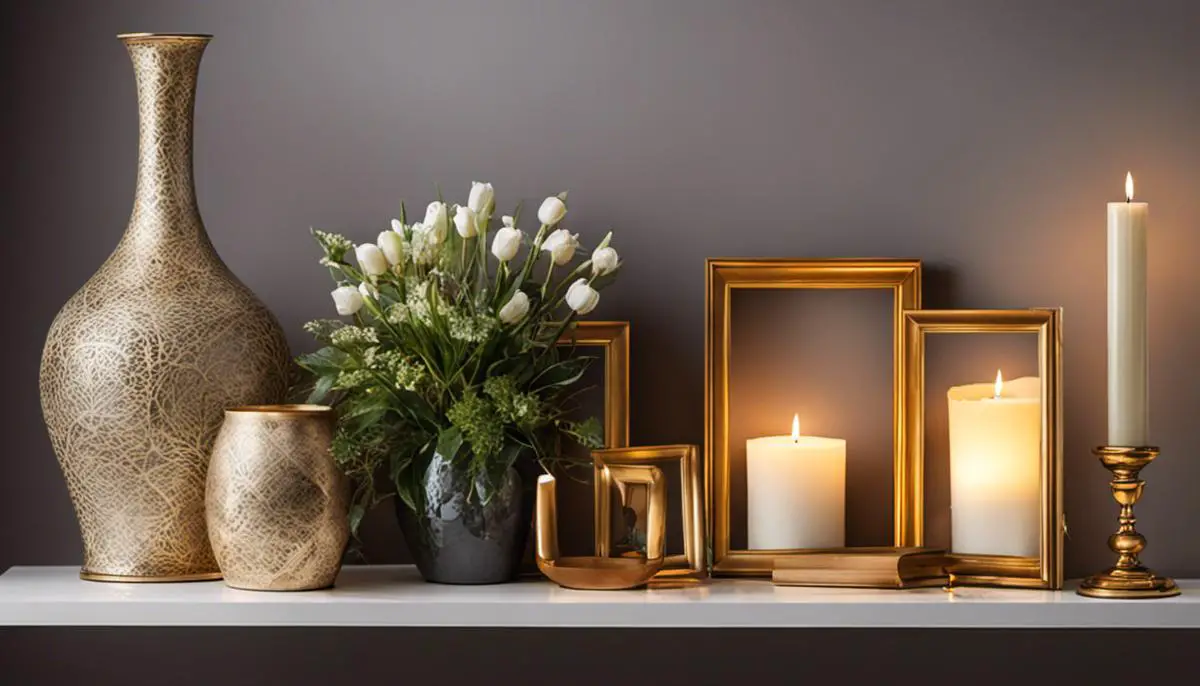

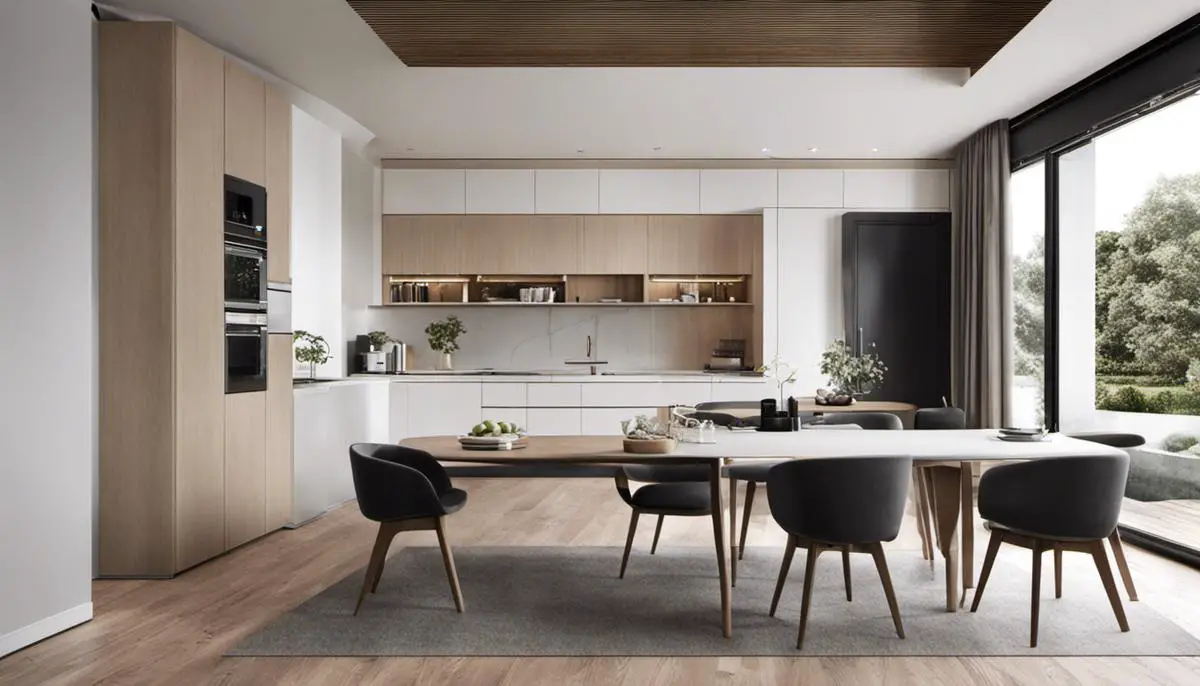

Leave a Reply